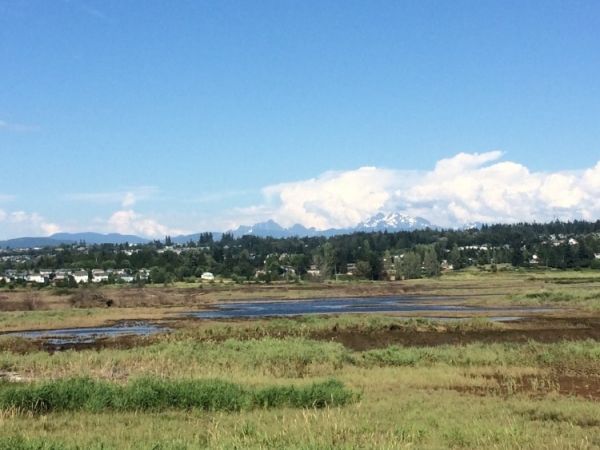For years, a commonly used tactic for protecting threatened and endangered animals in Puget Sound was to cordon off areas to fishing. More than 100 marine protected areas exist around the Sound to protect shoreline critters and help fish populations such as rockfish recover to healthy numbers.
But protecting Puget Sound is not just about recovering certain species of fish. As the region continues to grow, it is also about protecting the livelihoods and diverse cultures of the people who live there, and balancing their needs with the needs of the natural world.
A team of University of Washington researchers and their collaborators tackled this quandary in a study spanning years and miles, across Puget Sound’s rural towns and urban centers. Through surveys and interviews with residents, tribal members, boaters, and state and federal agency contacts, they found that policies are shifting toward restoration projects that include input from more groups and offer a range of benefits to Puget Sound, including flood control, salmon recovery, recreation and habitat protection.
Continue reading at University of Washington
Image via Haley Kennard, University of Washington


